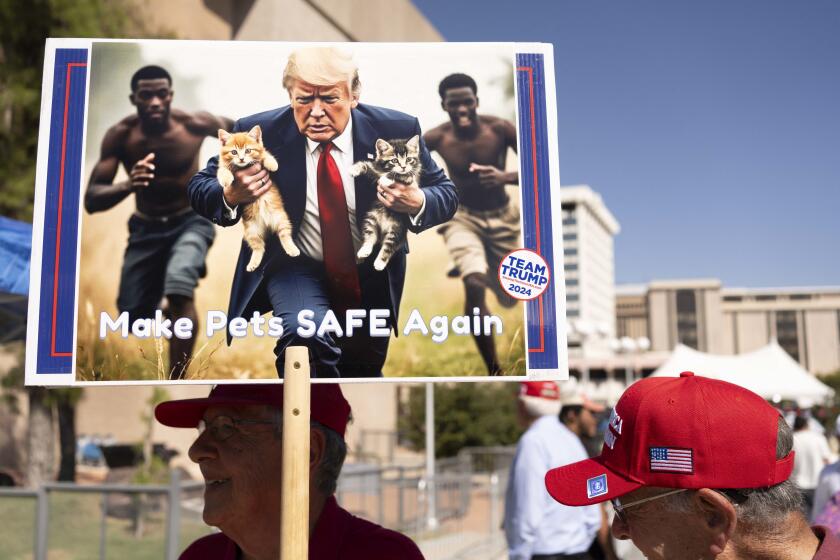Editorial: Ad hoc isn’t good enough. Police need consistent policies on releasing officer shooting videos

As an isolated decision, LAPD Chief Charlie Beck’s choice to release a video that captured Carnell Snell Jr. in the minutes before police shot him to death follows a particular logic. Anger over the killing of the 18-year-old African American man is intense, and it comes in the context of high-profile police shootings of unarmed black men around the nation. Beck wanted to present evidence quickly that Snell did indeed have a handgun, and the images caught by a security camera appear to support that contention.
But what about the next shooting, and the one after that — when for whatever reason the chief opts not to release video immediately? Maybe he will withhold the images because they aren’t as clear. Or, just maybe, it will be because the video will show the officer had no justification for pulling the trigger. From the standpoint of an angry or anxious public, it’s all the same.
That’s the problem with an ad hoc approach to releasing evidence. When law enforcement retains sole power over what to release, how much of it to release and when, any announced criteria — for example, video can be released in order to defuse unrest — will be interpreted as a pretext for releasing only images that bolster the police version of events and sit on those that don’t.
In recent weeks, police officials in Charlotte, N.C., and El Cajon initially refused to release video of shootings by their officers, then changed their minds in the face of public pressure. That’s not much of a policy: Withhold video unless and until anger reaches a particular level. In Charlotte, that level appears to have been when protests turned violent. In El Cajon, it was when demonstrators took to the streets. Release of video under those circumstances, but not others, can’t help but undermine the common police assertion that withholding video protects the integrity of investigations and the privacy of suspects, officers, victims and bystanders.
Notably, the Snell video does not depict the fatal shooting. Beck’s decision on it may be understandable but has the feel of a single shoe dropping. Los Angeles, like other cities, needs a predictable and consistent set of practices for releasing video if police are to avoid the impression that their policy is to release only what suits them.
Follow the Opinion section on Twitter @latimesopinion and Facebook
More to Read
A cure for the common opinion
Get thought-provoking perspectives with our weekly newsletter.
You may occasionally receive promotional content from the Los Angeles Times.










